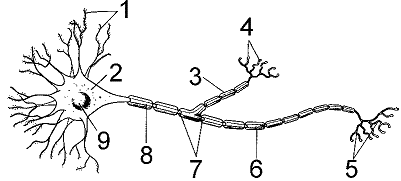Which of the following would affect the size of a zone of inhibition around an antiseptic or disinfectant disk? Select all that apply
a. The susceptibility of the microorganism to the chemical
b. The concentration of chemical in the disk
c. The cellular target of the chemical
d. How quickly the chemical diffuses through the agar
e. The depth of the agar
Ans: a,b,d & e
You might also like to view...
Both honeybees and birds have wings for flight; thus, these structures are homologous in the
two animal groups.
a. true, because the wings have a similar function and thus must be anatomically similar b. false, because the wings look very different between the two groups c. true, because all animals have a common ancestor d. false, because birds and honeybees do not share a common ancestor from which this trait was derived
Chemical defenses are found in all of the following except
A. marine animals. B. insects. C. plants. D. snakes, spiders, and fishes. E. Batesian mimics.
In a chromosomal inversion a segment of a chromosome is:
a. reversed. b. duplicated. c. lost. d. attached to a nonhomologous chromosome. e. deleted
He function of the structure labeled 6 in Figure 41-1 is:
 T
T
a. insulation.
b. neurotransmitter release.
c. binding neurotransmitters.
d. conduction of an electrical signal.
e. acting as a ligand-gated channel.